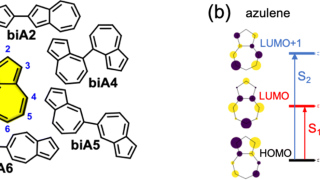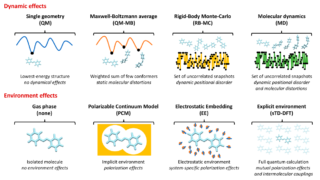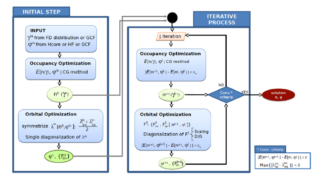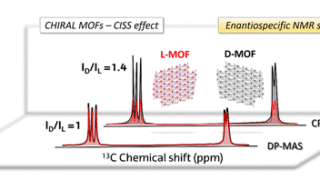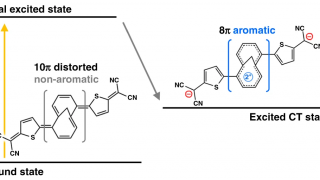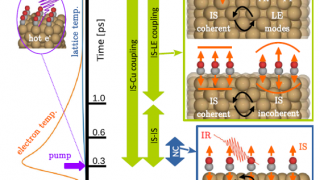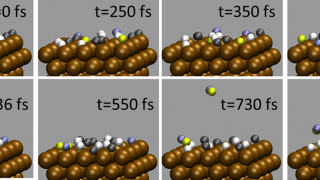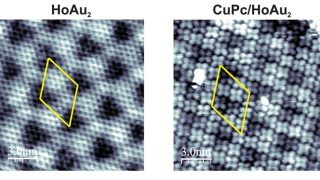
Inducing an antiferromagnetic exchange coupling at a hybrid metal–organic interface
Condensed matter • DIPC Interfaces • Materials • Nanotechnology • Quantum physics
Molecular spintronics is an emerging field that combines ferromagnetic materials with organic or metal–organic semiconductors. It benefits from the unique and exceptional properties of organic molecules, which go beyond inorganic ones. The strong response of many organic molecules to electrical, optical, ferromagnetic or antiferromagnetic stimuli bring new potential functionalities to the spintronic device. An effective […]
